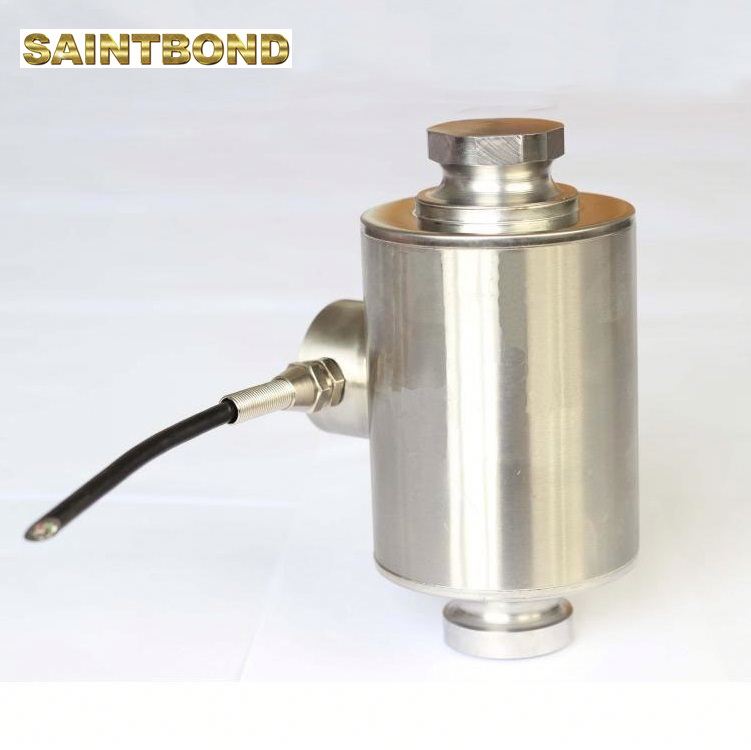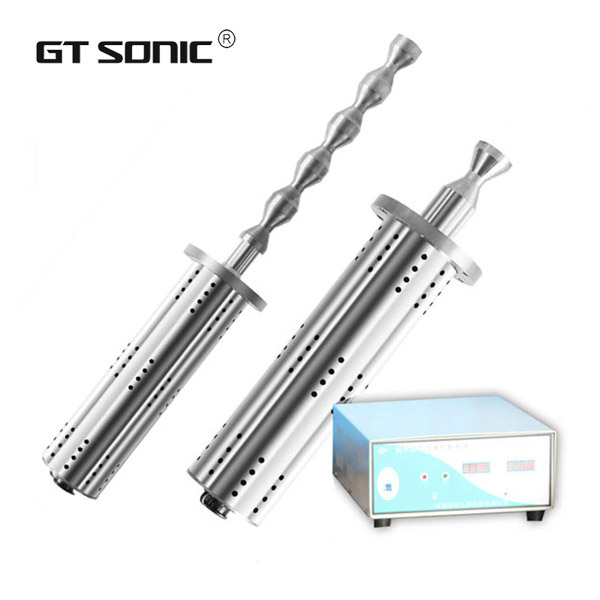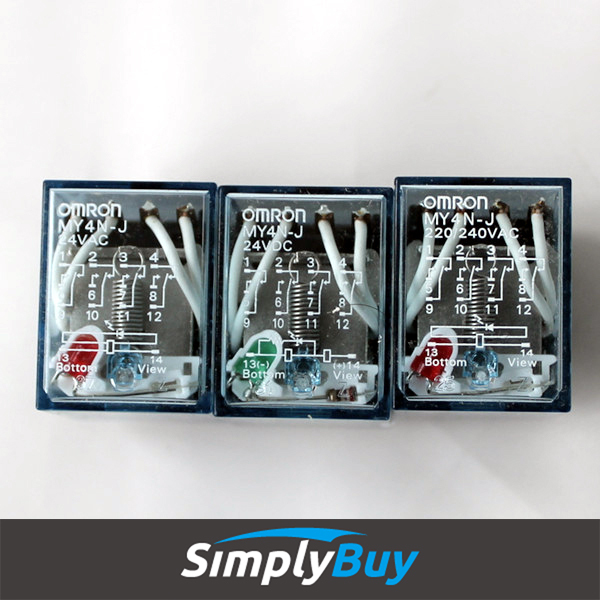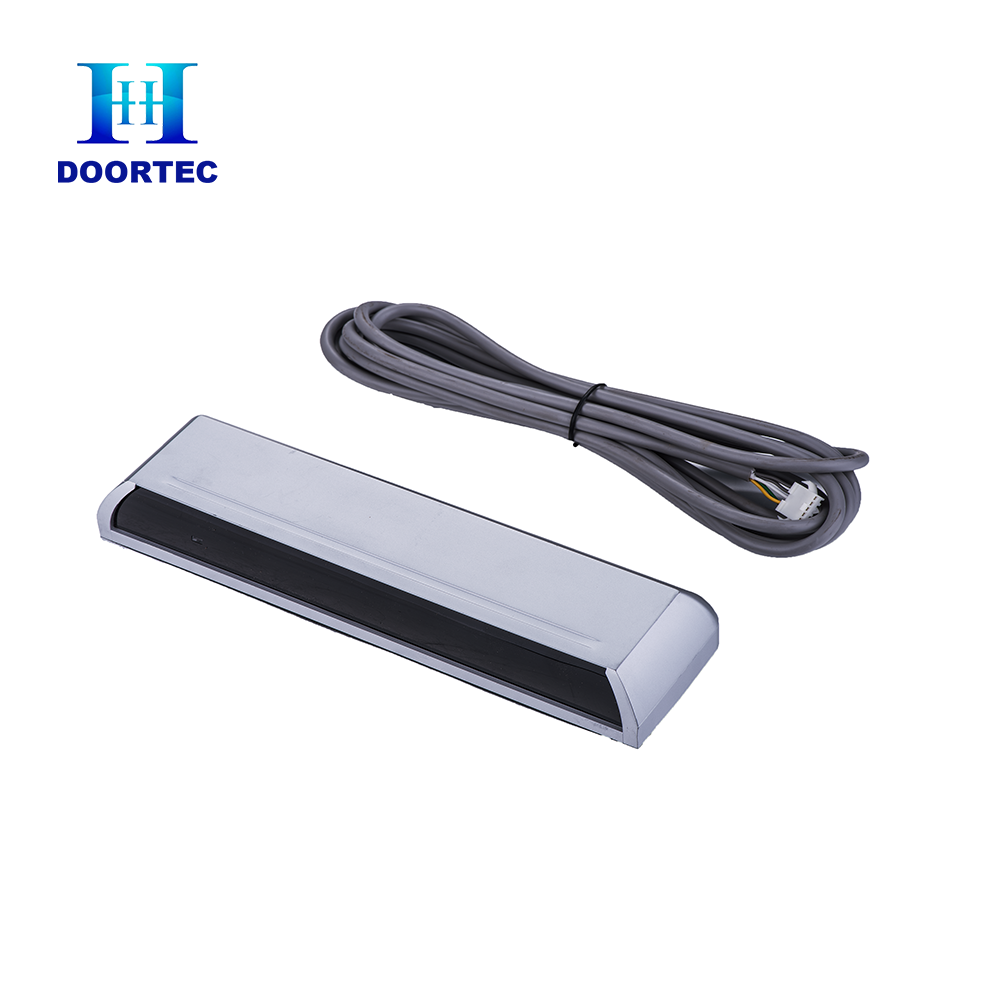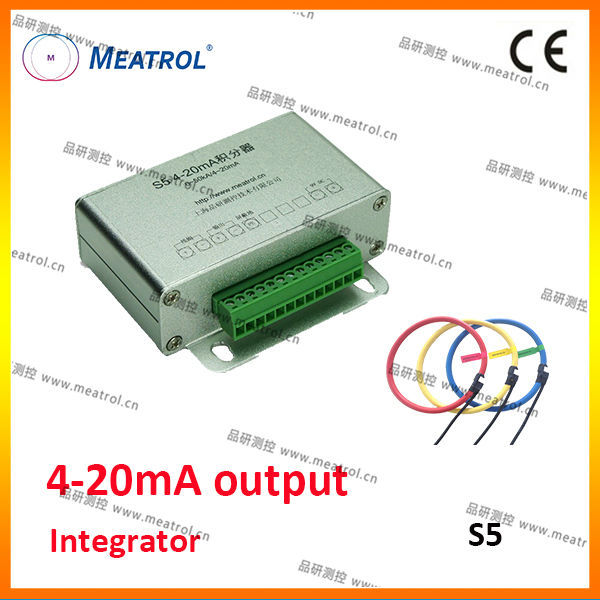Кислородный газовый датчик для инкубаторов гарантия 13
- Категория: Датчики >>>
- Поставщик: Hefei,Wnk,Smart,Technology,Co.,Ltd.
Поделиться:
Описание и отзывы
Трекер стоимости
| Месяц | Минимальная цена | Макс. стоимость |
|---|---|---|
| Sep-17-2025 | 0.45 $* | 0.19 $* |
| Aug-17-2025 | 0.81 $* | 0.54 $* |
| Jul-17-2025 | 0.80 $* | 0.93 $* |
| Jun-17-2025 | 0.50 $* | 0.46 $* |
| May-17-2025 | 0.77 $* | 0.82 $* |
| Apr-17-2025 | 0.97 $* | 0.67 $* |
| Mar-17-2025 | 0.97 $* | 0.91 $* |
| Feb-17-2025 | 0.34 $* | 0.58 $* |
| Jan-17-2025 | 0.67 $* | 0.89 $* |
Характеристики
Product Description
Applications
WNK-AO Medical Oxygen Sensors are intended as oxygen-sensing component of an oxygen analyzer that measures oxygen concentration in breathing gas mixtures in the following applications:
• Sensing device for oxygen
• control device of oxygen concentrators
• medical ventilators • anaesthesia equipment
• incubators The use is limited to system monitoring.
The sensors are not suited for breath by breath analysis of breath gases. Please refer to the Instructions for Use. To avoid cross infection, please strictly follow the instructions of the oxygen analyzer manufacturer.
Features • Comply with medical equipment use standards
• Full-scale linear output
• No external power supply
• Temperature compensation
• Excellent signal stability
• Accurate and reliable
• Fast response
• Anti-interference
• Long lasting
Technical Parameters

Product Dimension

Installation and Use
1 Installation requirements
WNK-AO is designed for operation in a wide range of environments and harsh conditions. However, it is important that exposure to high concentrations of solvent vapours is avoided, both during storage, fitting into instruments and
operation. When using sensors with printed circuit boards (PCBs), degreasing agents should be used before the sensor is fitted. Do not glue directly on or near the WNK-AO as the solvent may cause crazing of the plastic.
operation. When using sensors with printed circuit boards (PCBs), degreasing agents should be used before the sensor is fitted. Do not glue directly on or near the WNK-AO as the solvent may cause crazing of the plastic.
2 Stabilisation Time
Allow at least 15 minutes to stabilise in the instrument before calibration or refer to manufacturers instructions.
3 Cleaning
In case of contamination the sensor may be cleaned with distilled water and allowed to dry naturally. The sensor is not suitable for sterilisation by steam or exposure to chemicals such as ethylene oxide or hydrogenperoxide.
4 Calibration Interval
These sensors are designed to have minimal drift over their useful lifetime. For maximum accuracy however they should be calibrated before each use.
5 If the Sensor is Dropped
If a sensor is dropped, then it should be placed in quarantine for 24 hours and a follow-up check made by a 2 point calibration.
6 Mechanical Installation
When installing the sensor, it must only be screwed in hand-tight and a gas tight seal ensured. Spanners and similar mechanical aids may not be used,as excessive force may damage the sensor thread.
Warnings and Precautions
1. It is the responsibility of the user to determine the suitability for use of the sensor. Follow the instructions for use of
the oxygen analyzer and for replacement of oxygen sensor.
the oxygen analyzer and for replacement of oxygen sensor.
2.To ensure the normal operation of the instrument using the sensor,it is required to confirm the function of the sensor by exposure to the target gas before each use of the sensor or instrument.Failure to perform such tests may endanger the safety of people and property.
3.The sensor contains lead and corrosive liquid,please do not open the case or penetrate the permeable membrane, do not touch the damaged sensor without protective gloves, in case of leakage, avoid contact with eyes.
4.The sensor is not suited for use in a magnetic resonance imaging (MRI) environment.
5.Do not use this product for applications that may cause personal injury (including death). Do not use this product for products other than the intended use and authorized use.
6.Please consult the data sheet and product manual carefully. Failure to follow these instructions may result in death or
serious injury.
7.For any application using this product, expressly reject any responsibilities, including but not limited to
consequential or incidental compensation.
consequential or incidental compensation.
Our Company

Похожие товары
gtz20f1500 ультразвуковой трубчатом реакторе
US $0.10-$10.00
Omron фотоэлектрический датчик
US $95.00-$105.00
Ик-датчика
US $11.00-$16.00
Ик-датчика
US $13.00-$20.00
gtz20f1500 ультразвуковой трубчатом реакторе
US $13.18-$26.37






